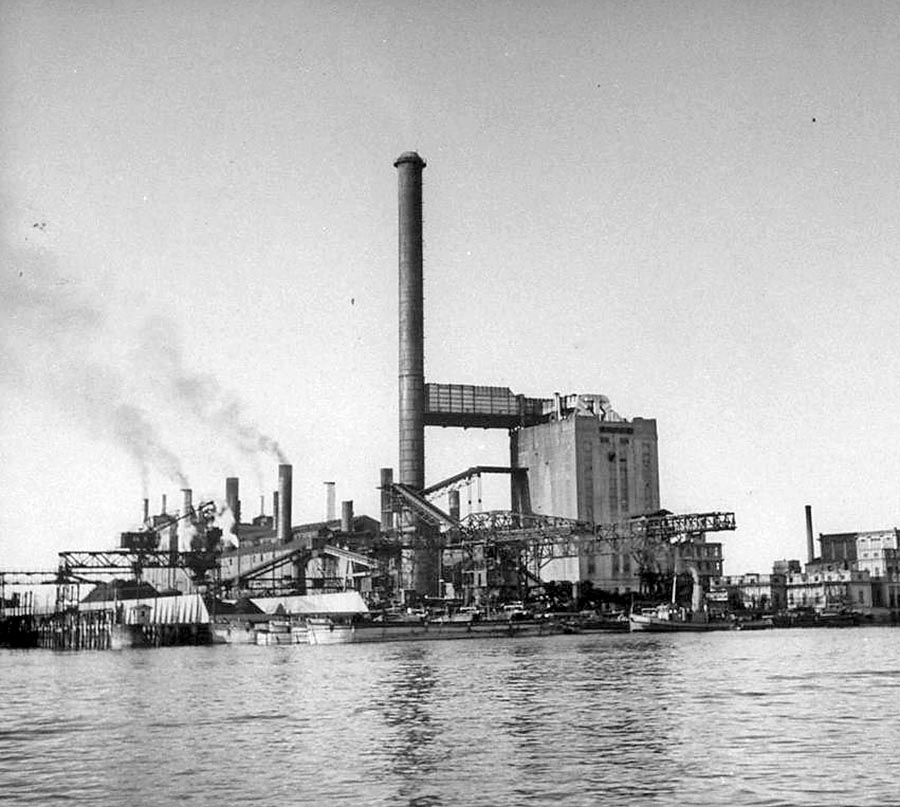

Wang Xiangtao, author of 1949: The Liberation of Shanghai in the Eyes of Westerners in China, wrote in his book about the protection of the Yangshupu Power Plant, an important facility run by US-owned Shanghai Power Co that provided nearly 80 percent of the city's electricity supply.
"Long before the Communists came, the US marines were gone, and rumors were that the Kuomintang would destroy the power plant," wrote Wang, who based his writing on many memoirs and accounts by foreigners, including John Cabot, the then US consul general in Shanghai.
Before the Kuomintang army blew up the Jiangnan shipyard prior to retreating on May 22, Cabot had, on several occasions, tried to get assurance from the Nationalist general Tang Enbo, who was in command of Shanghai's defense, that the Kuomintang would not damage the power plant.
What Cabot did not know was that the CPC's underground members in Shanghai had already been organizing the local populace to protect factories, banks, shops and other infrastructure facilities, including the Yangshupu Power Plant, which continued to operate until the end of 2010 and has itself become a popular site of industrial heritage along the Huangpu River.
Shi Jin'gen, an underground Party member of the former Shanghai Power Co, said in a 2019 documentary produced by Shanghai Television Station that a team of Kuomintang soldiers wanted to set up machine guns on the roof of the plant on May 23.
"The underground Party member Li Zhigeng went to negotiate with the soldiers, telling them that it might cause the boilers to explode, and they were scared off," Shi recalls.